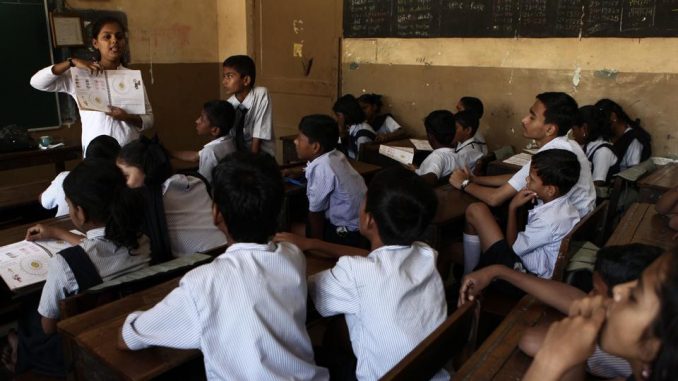
Instead of creating more and more barriers to education and general learning, it will be better to open doors wide and create new institutional mechanisms that will ensure low costs and better quality
The employment of youth is becoming a critical issue not only in India, but all over the world. We have two sets of problems. One is that not many jobs are being created. The other is that even as the number of students continuing beyond school is increasing rapidly, we seem incapable of preparing them for tomorrow.
Of the total population of 25-29 year olds in India, 10.2% were graduates in 2015-16. This number is likely to double in a decade given the trend of increasing enrolment in undergraduate courses. The question is: what is the value of these graduates, to the economy, to themselves, to their families and to the communities they live in.
In a relatively poor country where industry is starved of skilled labour, young people should be flocking to vocational courses and industry should be chasing the training centres. Pratham’s experience says that neither happens. The answer to India’s larger skilling problems does not lie in short modular courses, but rather in creating progressively stronger foundations at different stages in school, and then offering options. Young people should be able to combine work and study, because earning is an immediate need and learning for upward mobility will be a growing aspiration.
The recently released ASER 2017 shows that nearly 78% of all rural 14-18 year-olds do some agricultural work, whether for wages or on their own land. Yet, the percentage of students in agricultural or veterinary courses around India amounts to less than half a per cent of all undergraduate enrolment. It is an area that could use a more educated and trained workforce, considering agriculture and related sectors will continue to be major occupations and need to be improved if rural livelihoods are to grow. So, why are young people not enrolling to learn agriculture?
I suspect the demand is low for the same reason that most people do not pay to take cooking lessons. It is a skill that is handed down from generation to generation and people would laugh at the idea of enrolling their children in cooking classes unless it was for a salary earning job. But, it is noteworthy that videos of Indian cooking recipes on YouTube routinely have a million or more views within a year, not too far off the number of views of many popular Bollywood songs. Similarly, videos on agriculture, especially those in Hindi or regional languages, are viewed close to a million times and the viewership is growing.
The supply-demand problem of education has many interesting aspects to it. Graduation certificates, like school certificates, have lost credibility and meaning. Yet, parents want their children to complete graduation. There is a certain helpless faith in our educational institutions that they will somehow deliver at least for ‘my’ child.
The increasing number of students, lack of infrastructure, shortage of teachers and loss of credibility and quality have lead to this crisis. The education system seems to have become like that powerful emperor without clothes. Everyone can see that he is naked but no one wants to say so.
Instead of creating more barriers to education and general learning, it will be better to open the doors wide and create new institutional mechanisms that ensure low costs and better quality. Even today, almost 10% undergraduates are registered in open universities. Open learning has to be taken many steps further. Digital technology is Afeature that needs to be used fully. New learning structures will be needed where local tutors help students and where learning groups can use group and peer learning processes to learn. The possibilities are endless.
The technology that produced the industrial revolution organised our lives in linear patterns. As many have remarked, our schools are a reflection of that era as well, starting from the syllabi, the seating arrangement, the quality control of passing and failing children and, finally, the presentation of a product desired by the factory. With so much knowledge now available at our fingertips, the barriers to accessing this knowledge need to be lowered. But preparing children to learn while they are in elementary schools is the first unfinished task, as everyone now agrees.
Madhav Chavan is co-founder and CEO of the educational non-profit, Pratham
The views expressed are personal
Source: Hindustan Times

Leave a Reply